Engineered Wood Flooring
Engineered real wood flooring provides a durable wooden floor solution that is easy to care for. Our high quality and cheap engineered flooring comes in a variety of wood grains and finishes, including brushed oiled, stained colours and lacquered finishes too. Browse our collection below or read on for more information, such as engineered wood maintenance and installation tips.
Read more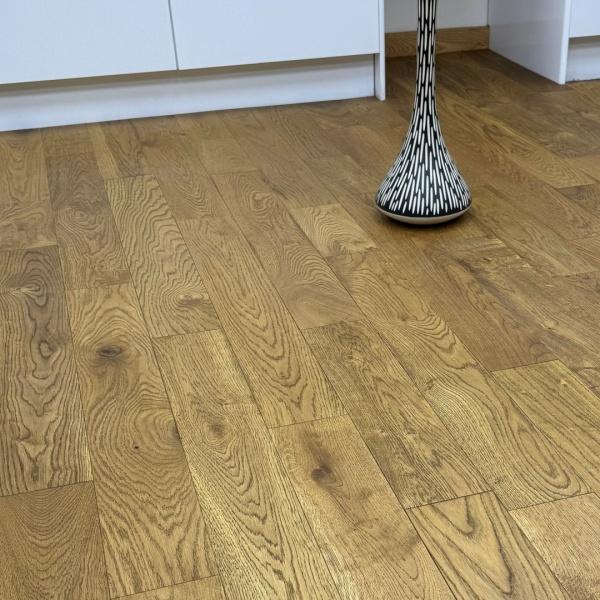
11% OFF
THIS PRODUCT!
Use code:
BANK11
11% OFF
THIS PRODUCT!
Use code:
BANK11
Abbey Nunraw Golden Oak 10mm Brushed Matt Lacquer Engineered Floor
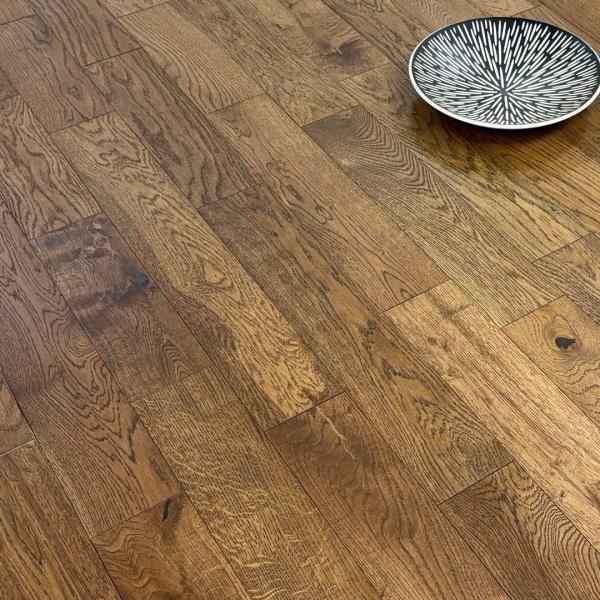
11% OFF
THIS PRODUCT!
Use code:
BANK11
11% OFF
THIS PRODUCT!
Use code:
BANK11
Abbey Olsberg Harvest Oak 10mm Brushed Matt Lacquer Engineereed Floor
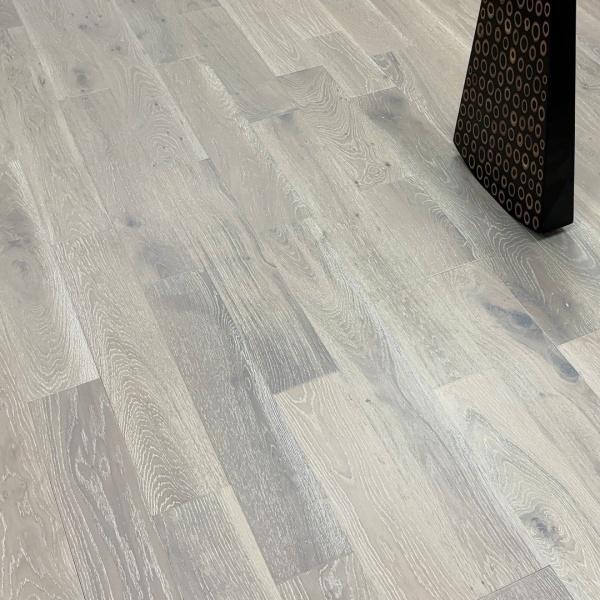
11% OFF
THIS PRODUCT!
Use code:
BANK11
11% OFF
THIS PRODUCT!
Use code:
BANK11
Abbey Claro White Wash Oak 10mm Brushed Matt Lacquer
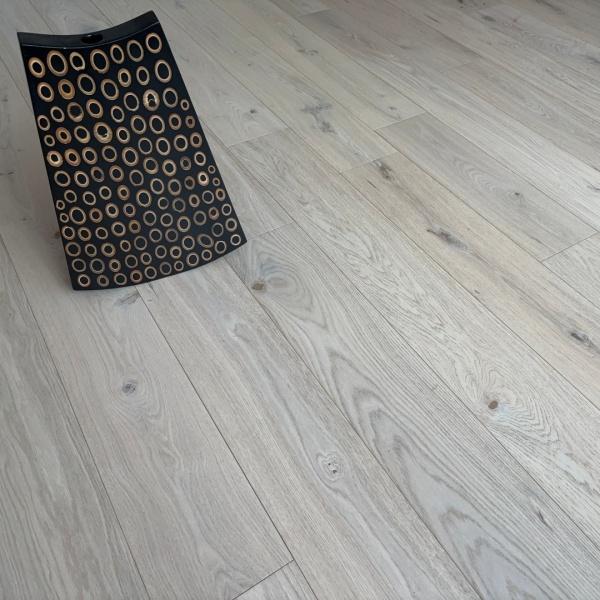
11% OFF
THIS PRODUCT!
Use code:
BANK11
11% OFF
THIS PRODUCT!
Use code:
BANK11
Abbey Vaux Rustic White Oak 14mm Engineered Floor
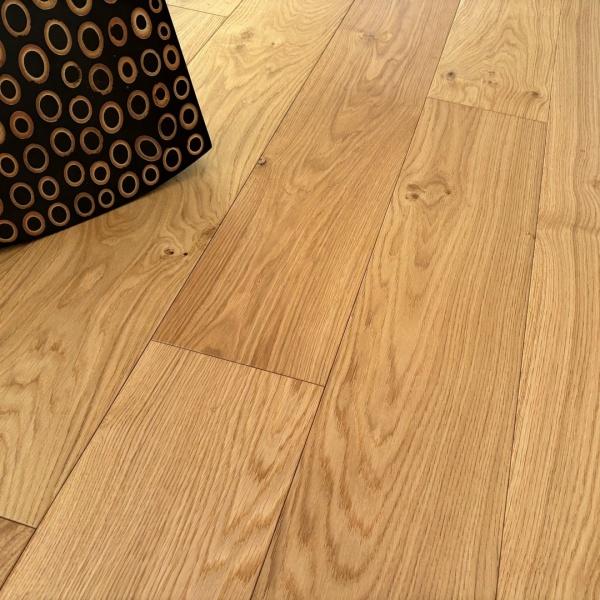
11% OFF
THIS PRODUCT!
Use code:
BANK11
11% OFF
THIS PRODUCT!
Use code:
BANK11
Manor Rothay 18mm Brushed Matt Lacquer Oak Engineered Floor
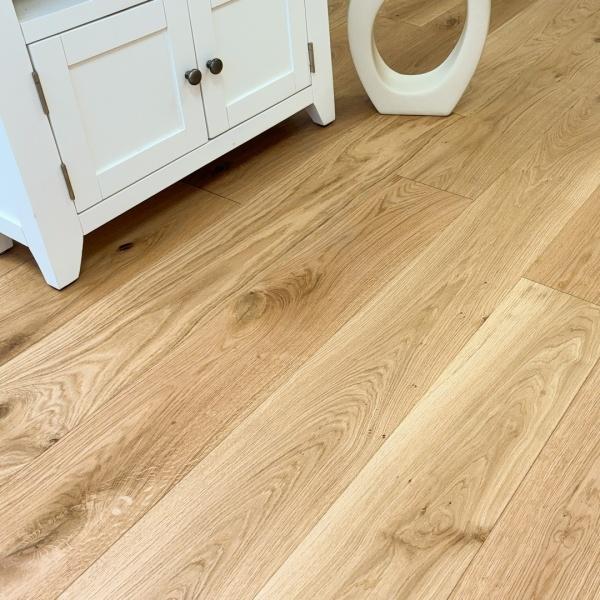
11% OFF
THIS PRODUCT!
Use code:
BANK11
11% OFF
THIS PRODUCT!
Use code:
BANK11
Manor Minley 18mm Brushed UV Oil Oak Engineered Floor
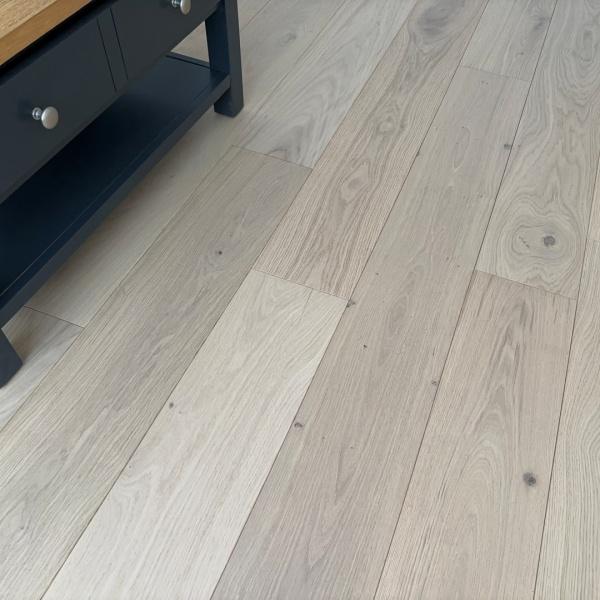
11% OFF
THIS PRODUCT!
Use code:
BANK11
11% OFF
THIS PRODUCT!
Use code:
BANK11
Manor Calcot 18mm White Brushed Matt Lacquer Oak Engineered Floor
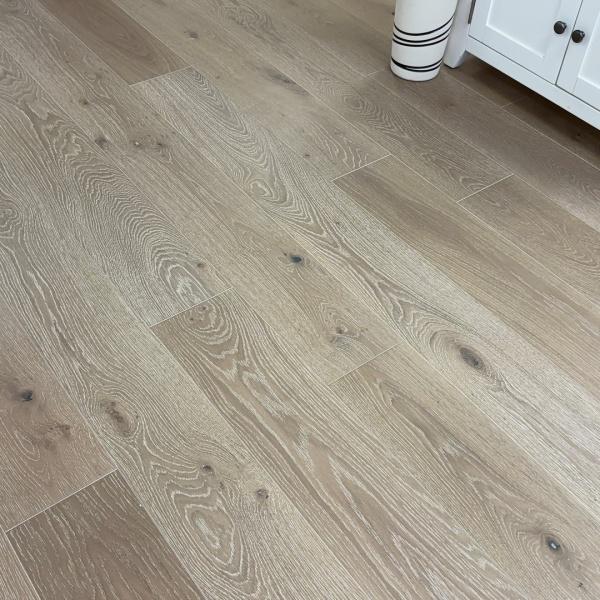
11% OFF
THIS PRODUCT!
Use code:
BANK11
11% OFF
THIS PRODUCT!
Use code:
BANK11
Manor Roke 18mm Smoke White Brushed Matt Lacquer Oak Engineered
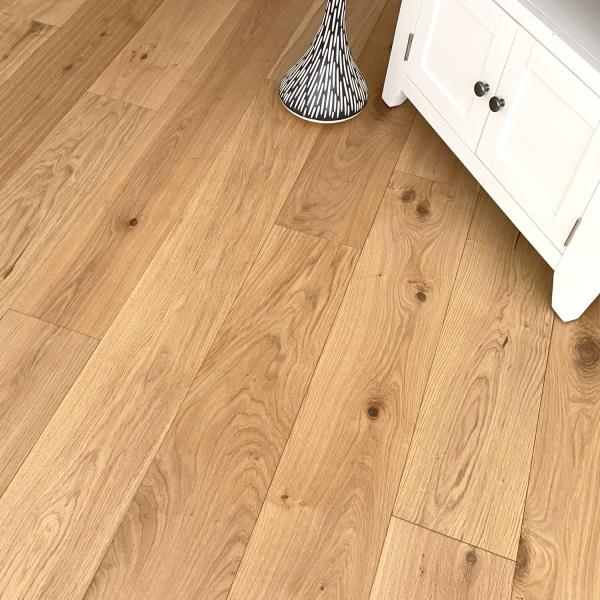
11% OFF
THIS PRODUCT!
Use code:
BANK11
11% OFF
THIS PRODUCT!
Use code:
BANK11
Fyfield Oak Brushed UV Oiled 14mm Engineered Flooring
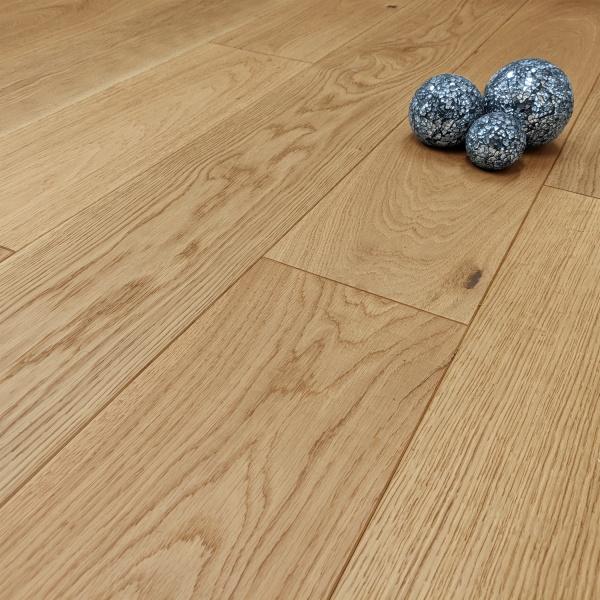
11% OFF
THIS PRODUCT!
Use code:
BANK11
11% OFF
THIS PRODUCT!
Use code:
BANK11
Abbey Kitzen 13mm Oak Brushed Matt Lacquer Engineered Wood Flooring
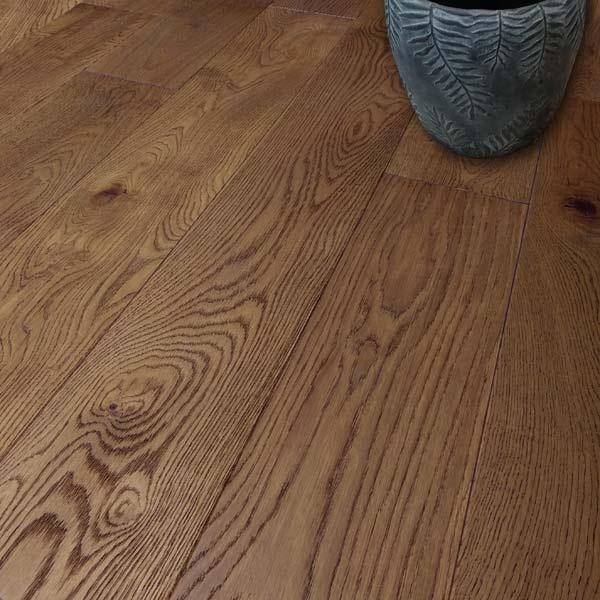
11% OFF
THIS PRODUCT!
Use code:
BANK11
11% OFF
THIS PRODUCT!
Use code:
BANK11
Abbey Malling 20mm Harvest Oak Brushed Matt Lacquer Engineered Floor
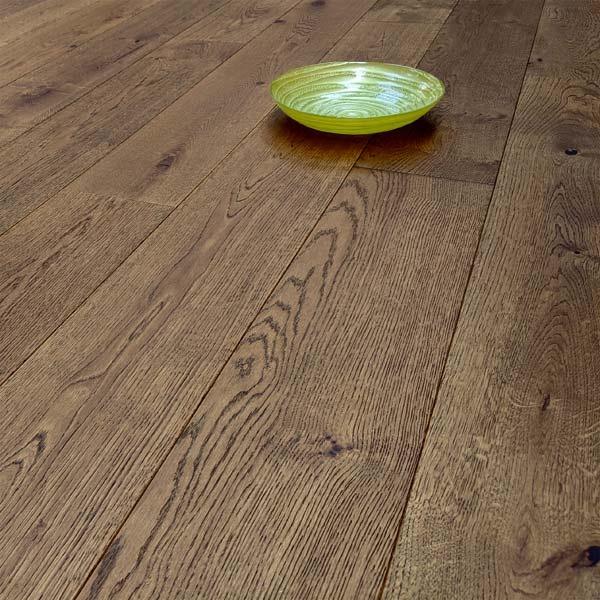
11% OFF
THIS PRODUCT!
Use code:
BANK11
11% OFF
THIS PRODUCT!
Use code:
BANK11
Manor Lude 14mm Harvest Oak Brushed Matt Lacquer Engineered Floor
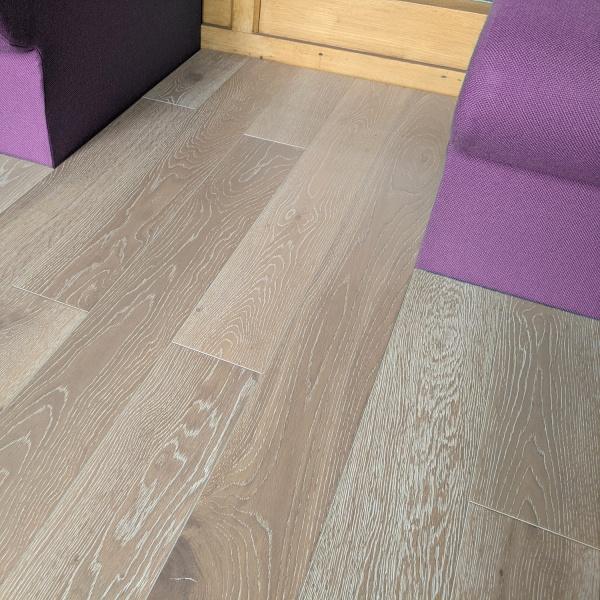
11% OFF
THIS PRODUCT!
Use code:
BANK11
11% OFF
THIS PRODUCT!
Use code:
BANK11
Barrington 18mm Smoked Grey Oak Brushed UV Oil Engineered Real Wood
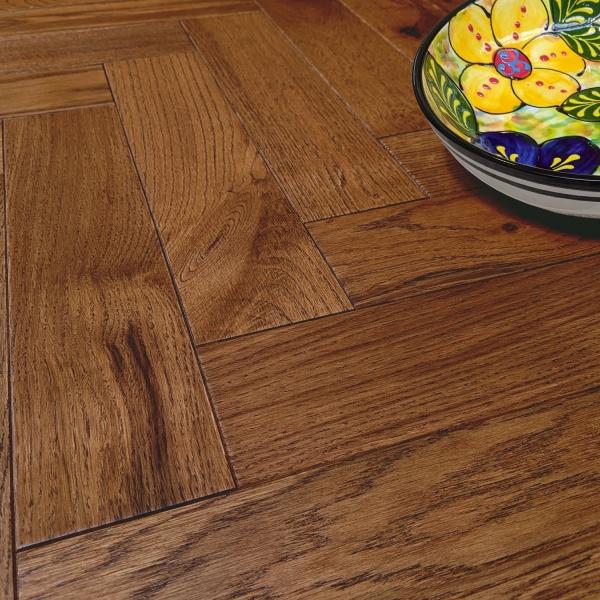
11% OFF
THIS PRODUCT!
Use code:
BANK11
11% OFF
THIS PRODUCT!
Use code:
BANK11
Herringbone Parquet lacquered Dalgona Oak 10mm Engineered
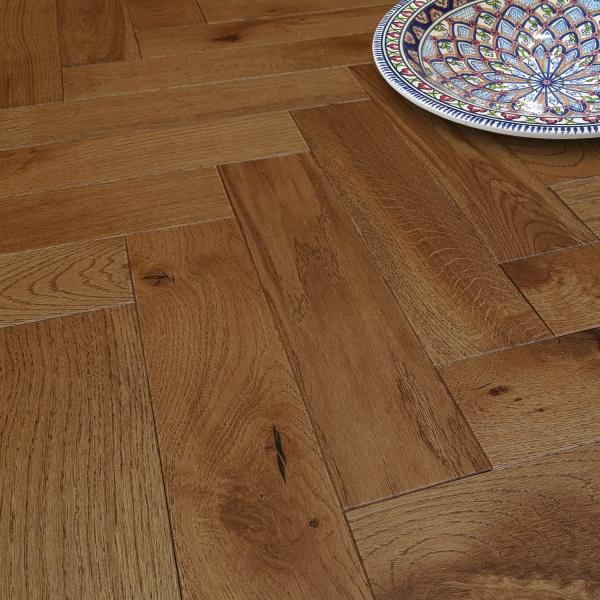
11% OFF
THIS PRODUCT!
Use code:
BANK11
11% OFF
THIS PRODUCT!
Use code:
BANK11
Herringbone Parquet lacquered Autumn Oak 10mm Engineered
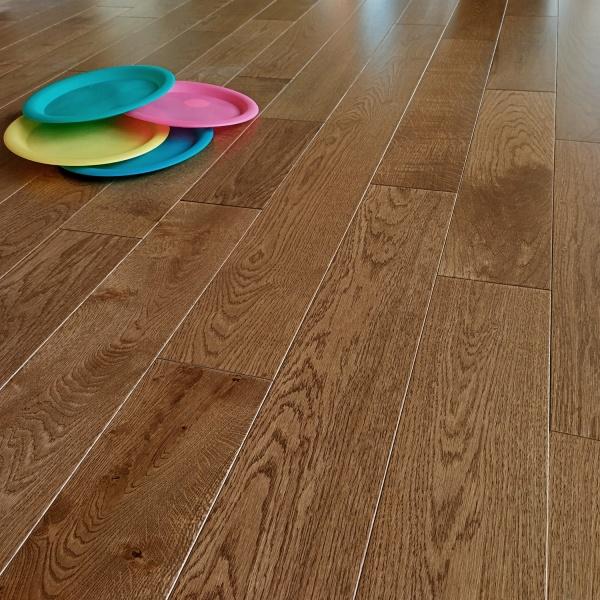
11% OFF
THIS PRODUCT!
Use code:
BANK11
11% OFF
THIS PRODUCT!
Use code:
BANK11
Abbey Loches 14mm Lacquered Harvest Oak Engineered Floor
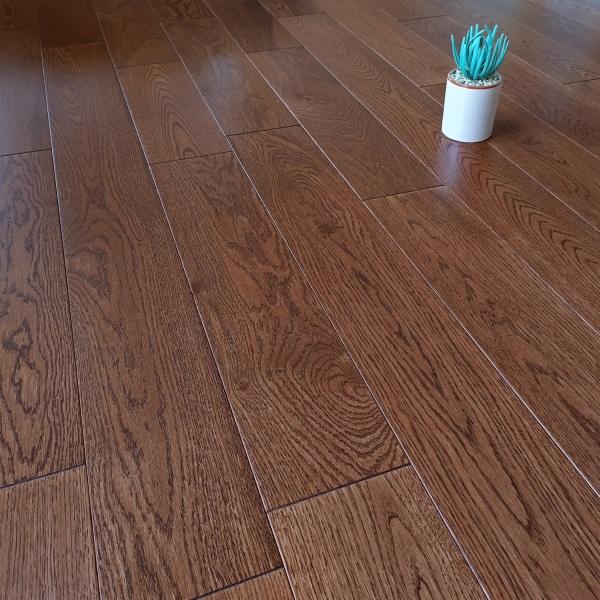
11% OFF
THIS PRODUCT!
Use code:
BANK11
11% OFF
THIS PRODUCT!
Use code:
BANK11
Abbey Dol 14mm Lacquered Havana Oak Engineered Floor
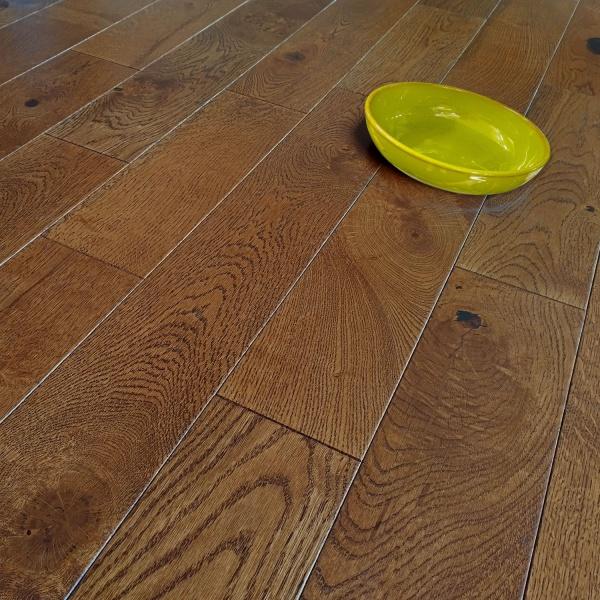
11% OFF
THIS PRODUCT!
Use code:
BANK11
11% OFF
THIS PRODUCT!
Use code:
BANK11
Abbey Prum 18mm Lacquered Golden Oak Engineered Floor
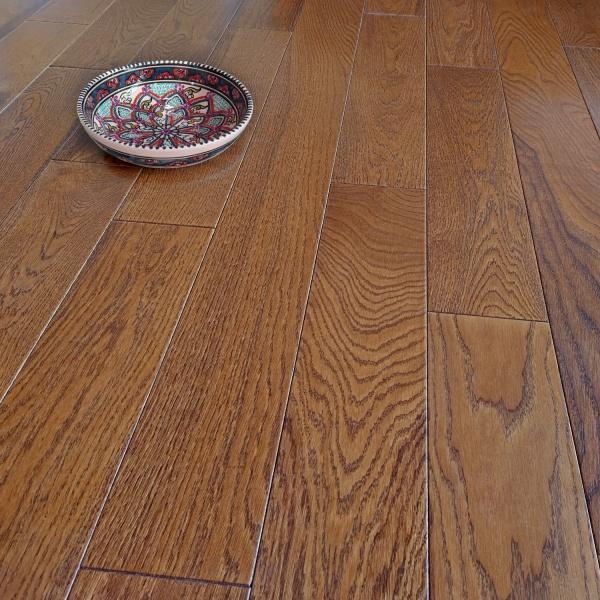
11% OFF
THIS PRODUCT!
Use code:
BANK11
11% OFF
THIS PRODUCT!
Use code:
BANK11
Abbey Orbais 18mm Lacquered Coffee Oak Engineered Floor
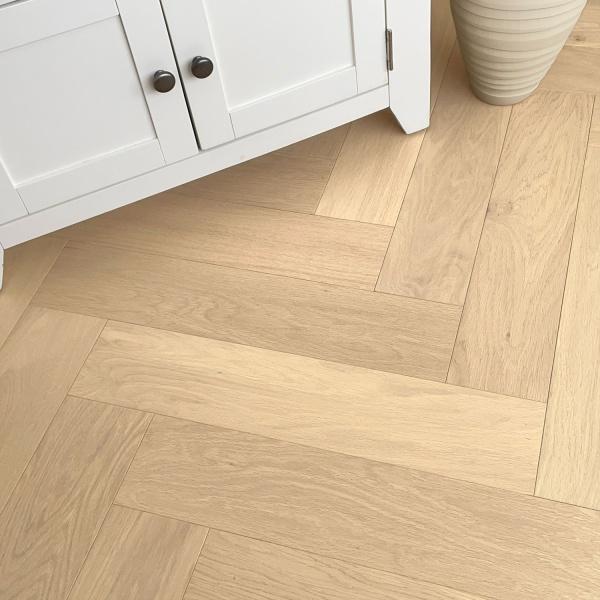
11% OFF
THIS PRODUCT!
Use code:
BANK11
11% OFF
THIS PRODUCT!
Use code:
BANK11
Herringbone Parquet 14mm Nude Oak Engineered
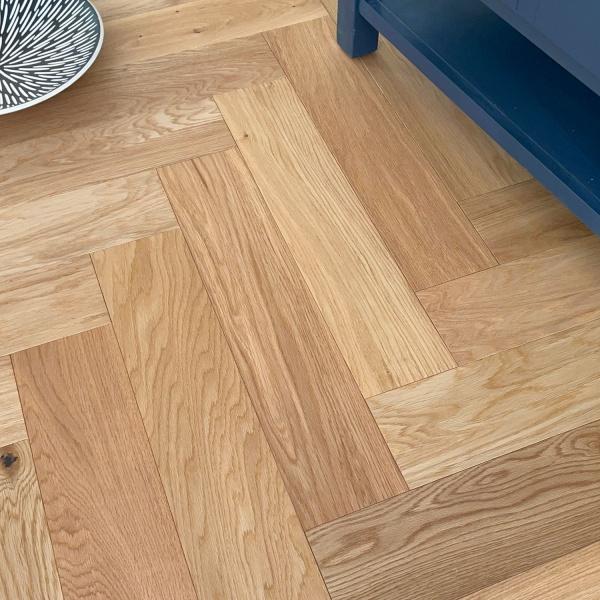
11% OFF
THIS PRODUCT!
Use code:
BANK11
11% OFF
THIS PRODUCT!
Use code:
BANK11
Herringbone Parquet 14mm Natural Oak Brushed Matt Lacquer Floor
Showing of products
Load More
